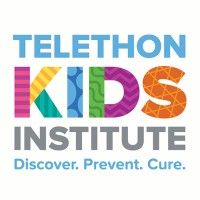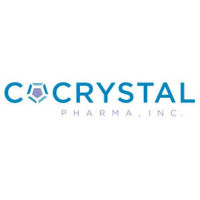Article
Author: Karasic, Thomas ; Cardoso Guedes, Joao Daniel ; Laurie, Scott ; Latten-Jansen, Loes ; Cosman, Rasha ; Guedes, João Daniel ; Falcon, Alejandro ; Dallagnol, Tabatha Nakakogue ; Kim, Tae Won ; Yau, Kenneth K. ; Geva, Ravit ; Krebs, Matthew G. ; Patel, Manish ; LoRusso, Patricia ; Lambrechts, Marc ; Sacher, Adrian G. ; Suchomel, Julia ; Fernandez, Eugenio ; Ahn, Myung-Ju ; Aljumaily, Raid ; De Azevedo, Sergio ; Laurie, Scott A. ; Takács, István ; Jones, Robert ; Kumar, Rajiv ; Del Conte, Gianluca ; Ou, Sai-Hong ; Lin, Mark T. ; Amatu, Alessio ; Prenen, Hans ; Lorusso, Patricia ; Barrios, Carlos ; Safin, Rustem ; Siena, Salvatore ; Stec, Rafal ; Britschgi, Christian ; Mandlekar, Sandhya ; Arbor, Kathryn ; Van Dongen, Marloes ; Han, Sae-Won ; Desai, Jayesh ; De Miguel, Maria ; Chang, Julie ; Cheng, Michael ; Schutzman, Jennifer L. ; Gelderblom, Hans ; Luo, Jia ; Ngo, Huy ; Garralda Cabanas, Elena ; Delmonte, Angelo ; Mackiewicz, Jacek ; Krebs, Matthew ; Deva, Sanjeev ; Mayo, Mariah C. ; Rothschild, Sacha ; Royer-Joo, Stephanie ; Jacobina Silva, Carolina Gomes ; Cervantes Ruizperez, Andres ; Freres, Pierre ; Lee, Jong-Seok ; Medina, Laura ; Qi, Ting ; Perets, Ruth ; Munster, Pamela ; Miller, Wilson ; Shacham-Shmueli, Einat ; Bazhenova, Lyudmila ; Paz-Ares Rodriguez, Luis ; Fløtten, Øystein ; Cremolini, Chiara ; De Miguel Luken, Maria ; Alonso, Guzman ; Santoro, Armando ; Gort, Eelke ; De Cassia Costamilan, Rita ; Patel, Manish R. ; Sacher, Adrian ; Jun, Tomi ; Qi, Nina ; Burns, Timothy ; Moreno, Victor ; Saleh, Mansoor ; Láng, István ; Dharia, Neekesh V. ; Massarelli, Erminia ; Shi, Zhen ; Guren, Tormod ; Choi, Yoonha ; Forster, Martin ; Markman, Ben ; Paz-Ares, Luis ; Bowyer, Samantha ; Aimi, Junko ; Häfliger, Simon ; Hou, Xuefeng ; Miller, Wilson H. ; Dziadziuszko, Rafal ; Koli, Kalpesh ; Kim, Se Hyun
Divarasib (GDC-6036), an oral, highly potent and selective next-generation KRAS G12C inhibitor, has demonstrated a manageable safety profile and promising antitumor activity in patients with advanced
KRAS G12C
–positive non–small cell lung cancer (NSCLC). Here, we report long-term (≥1 year) follow-up of single-agent divarasib from the ongoing, open-label, and multicenter phase I study (ClinicalTrials.gov identifier:
NCT04449874
). The primary objective was safety, and the other objectives included preliminary antitumor activity. Overall, 65 patients with advanced
KRAS G12C
–positive NSCLC received single-agent oral divarasib 50-400 mg once daily and 31 patients (48%) were treated beyond 1 year. Divarasib continued to be well tolerated, and the safety profile beyond 1 year was consistent with the overall safety profile. In patients with measurable disease at baseline across all dose levels (n = 63), the confirmed objective response rate was 55.6% (95% CI, 42.5 to 68.1), and the median duration of response was 18.0 months (95% CI, 11.1 to 24.9). The median progression-free survival was 13.8 months (95% CI, 9.8 to 25.4) in the overall population (N = 65) and 15.3 months (95% CI, 12.3 to 26.1) among patients assigned to the 400-mg dose level (n = 44). With extended follow-up, divarasib demonstrated long-term safety and antitumor activity in patients with advanced
KRAS G12C
–positive NSCLC.









